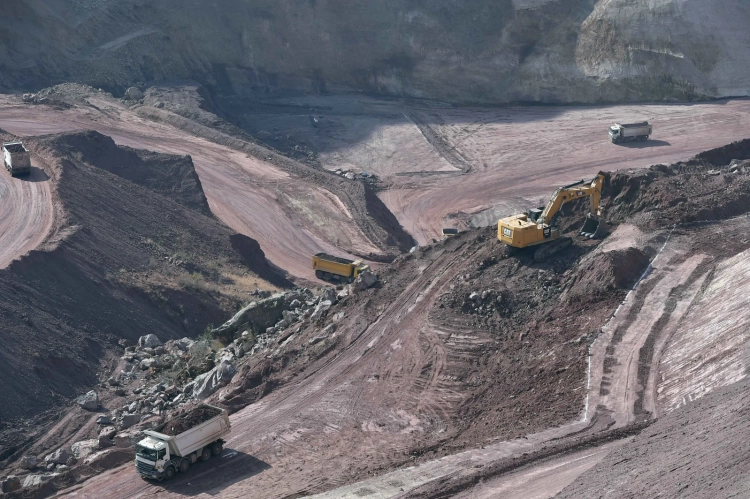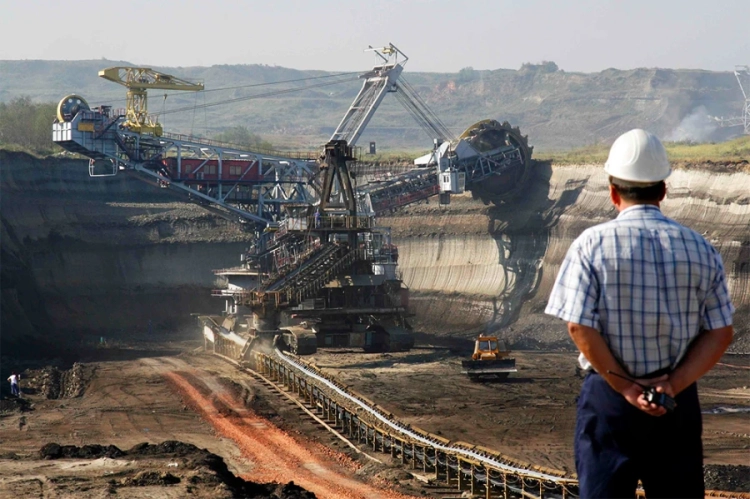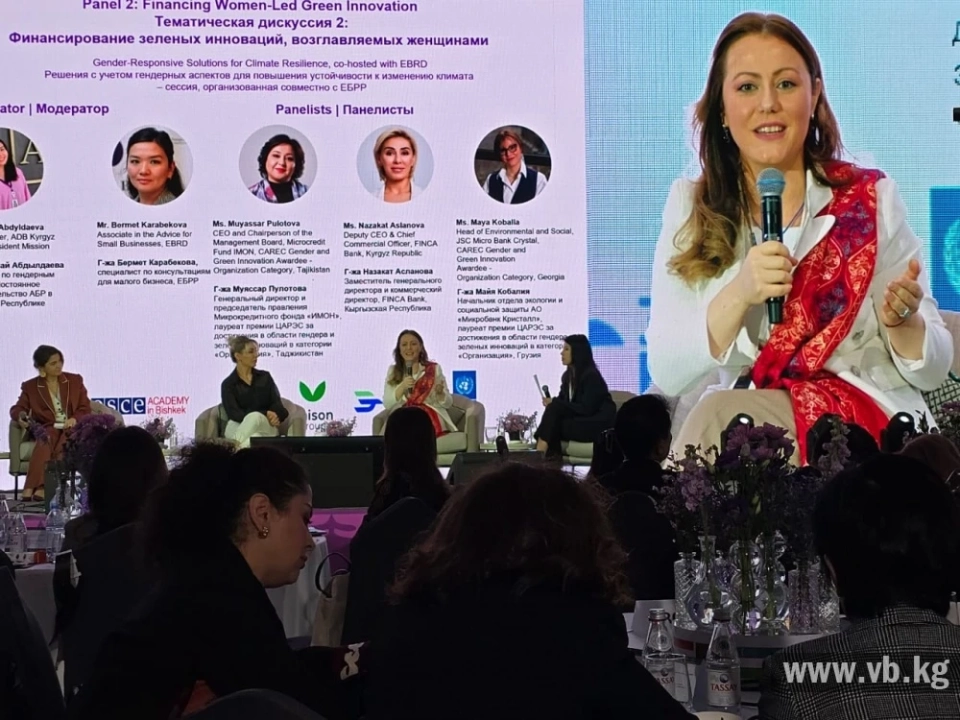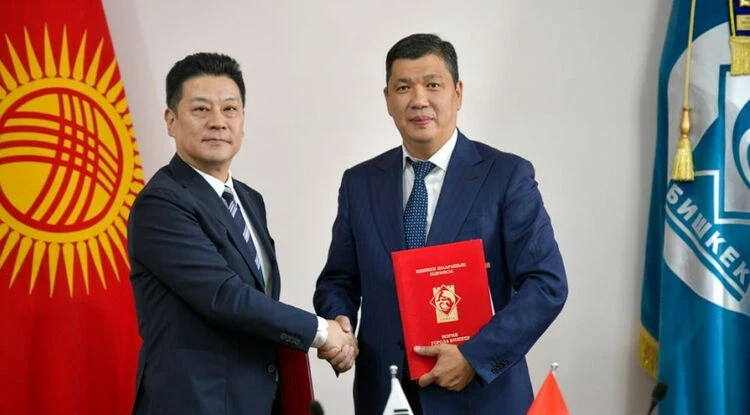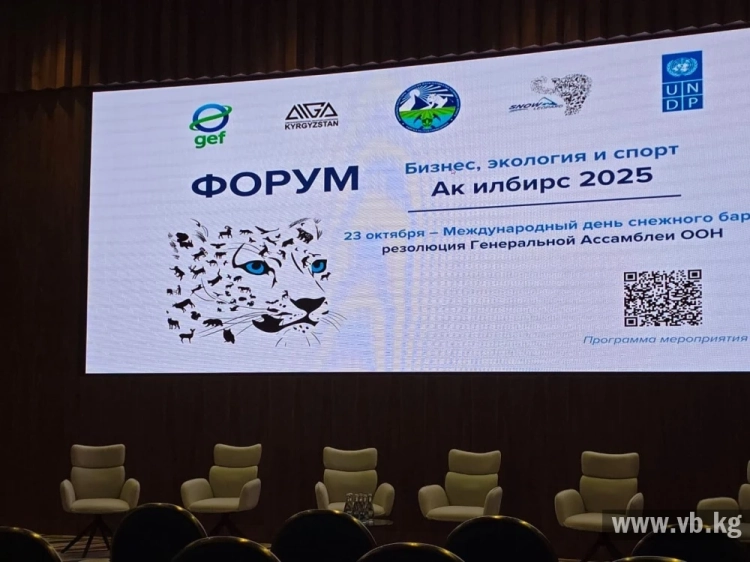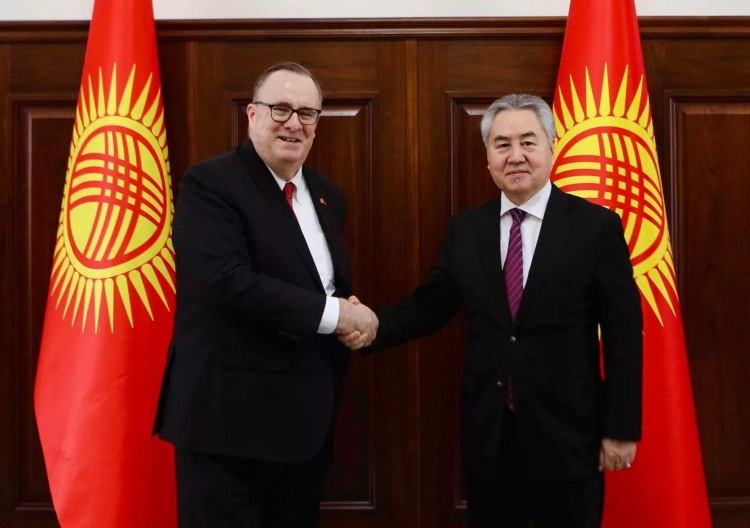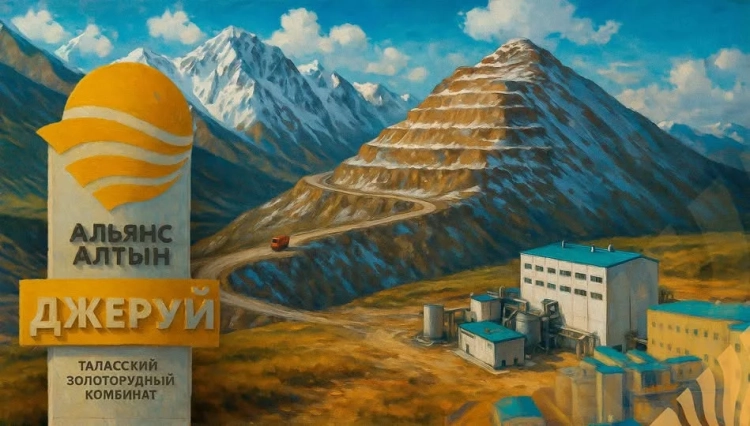Such a sector is quite rare in the world, and the demand and prices for resources are high. Kyrgyzstan has several promising deposits, but attracting investors will require serious work and evidence of the viability of investments.
Mineral Resources
The Ministry of Natural Resources, Ecology, and Technical Supervision reports that currently, 51 types of minerals are accounted for on the state balance, represented in more than 1,000 deposits.Among them, precious and non-ferrous metals, coal, hydrocarbons, and other minerals can be highlighted. About 400 deposits are already in active development or at the stage of geological exploration.
The remaining 600 sites are temporarily postponed: some have exhausted their resources, while others require re-evaluation or the introduction of new technologies for their development.
The most promising deposits include Kutessai II, Kalesai, Kyzyl-Ompol, Northern Aktash, as well as the bauxite deposits of Zardalek and Katranbashi.
- At Kutessai II, the reserves of rare earth metals amount to 63,000 tons, represented by 15 types. It is recommended to develop it jointly with Kalesai, as they are located close to each other and work was conducted there during the Soviet era.
- The Kyzyl-Ompol deposit, in addition to critically important minerals, is also being explored for rare earth metals. "Kyrgyzgeology" is actively engaged in recalculating reserves and exploring forecast data.
- At Northern Aktash, geological exploration work continues. Here, the reserves of antimony amount to 16,700 tons, and fluorite — 655,000 tons.
- Zardalek and Katranbashi are two promising sites with bauxite reserves that could be supplied to aluminum plants in Tajikistan with comprehensive development.
Attracting Investments
Bryan Land, a representative of the World Bank, emphasized the need for deep reforms in Kyrgyzstan to be competitive on the international stage in terms of mining investments. He pointed out that investment opportunities in Central Asia are not as attractive as they once were."Critical minerals are currently of the greatest interest to investors. Central Asia, due to the diversity of its mineral resources, could find itself at the center of this attention," added the World Bank representative."The consumption of critical minerals is increasing every year. At the global level, the risk level for investments in mining companies remains low. Most investments are currently going to North and Latin America, as well as Australia. China's investments abroad are mainly directed towards gold rather than other metals. These trends are changing, but slowly. Therefore, regions should seize new opportunities and implement the necessary reforms to attract investments," noted Bryan Land.
As for Kyrgyzstan, the expert indicated that the current focus is on gold mining. However, the country has many deposits of various minerals, which creates potential for diversifying the mining sector through projects for extracting critical minerals.
"Many reserves of critical minerals are still unconfirmed and unaccounted for. Authorities should invest to rectify this situation and demonstrate to investors that these deposits could become their next significant find. Kyrgyzstan also needs to implement reforms to restore trust in its mining industry," he concluded.

